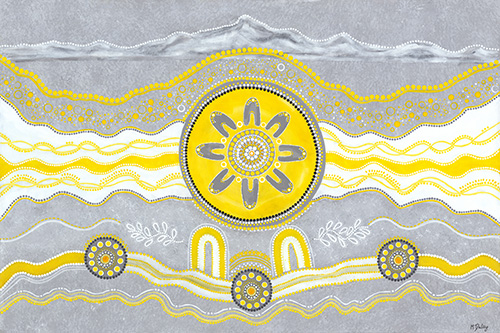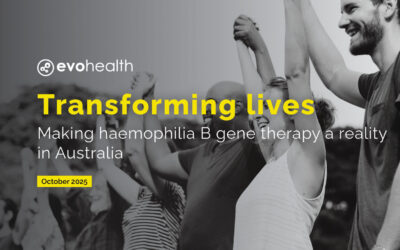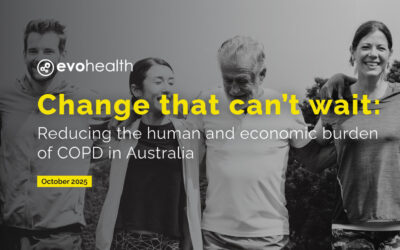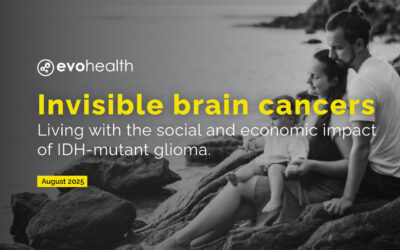Every moment matters: Addressing the human and economic toll of motor neurone disease in Australia
Every moment matters: Addressing the human and economic toll of motor neurone disease in Australia
In 2025, an estimated 2,752 Australians will be living with MND – a number projected to increase to more than 4,300 by 2050.
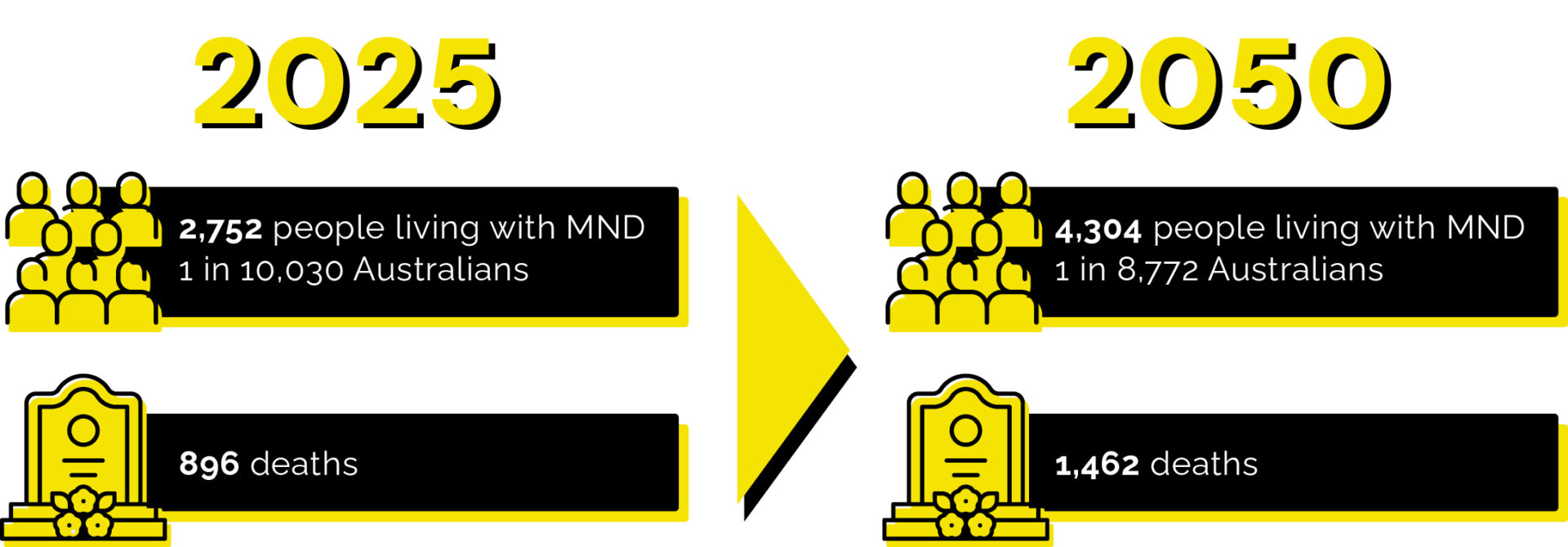
One of the most significant contributors to this inequity is an age-based divide in funding support. People diagnosed before the age of 65 can access the National Disability Insurance Scheme (NDIS), which provides comprehensive and flexible support. In contrast, those diagnosed at 65 or older, who represent the majority of MND cases, must rely on the Support at Home program1. This program is designed for older Australians with general ageing needs, not those living with complex, rapidly progressing conditions like MND. The maximum level of support available under this program is just 36 per cent of what the average NDIS participant receives.
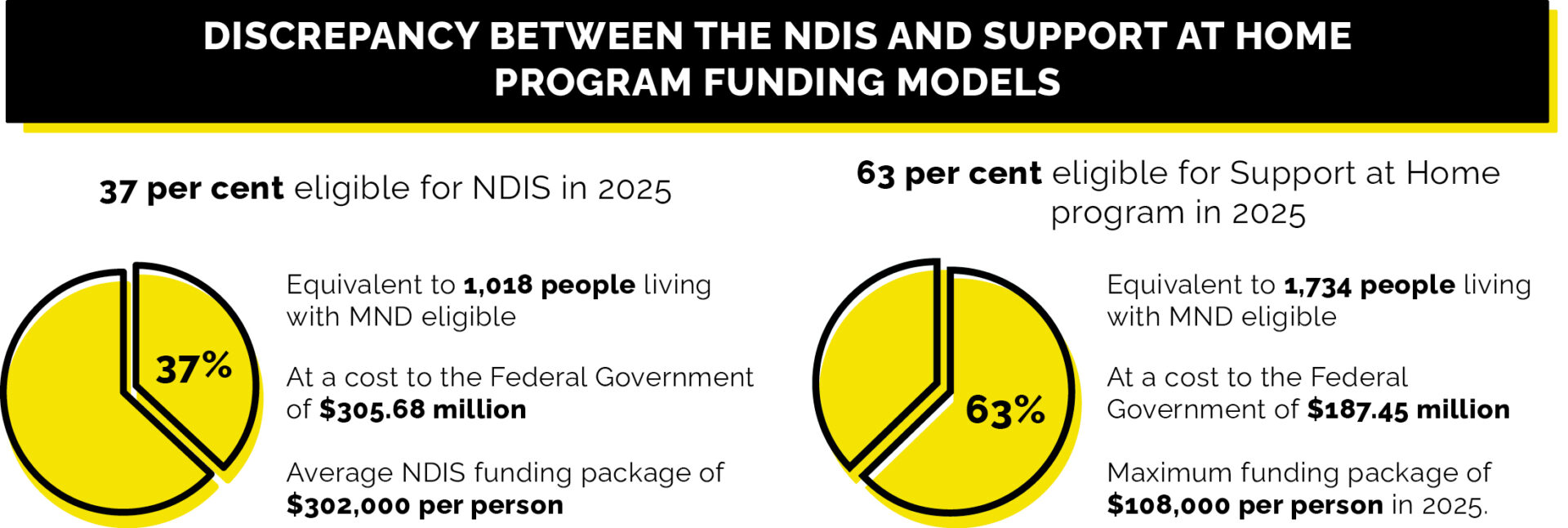
The personal toll of MND is devastating. Individuals face a continual loss of function, autonomy, and identity, often accompanied by anxiety, depression, and uncertainty about the future. The burden also extends to carers, who must manage the physical, emotional, and financial demands of round-the-clock support. Many report exhaustion, emotional distress, and major disruptions to their relationships and employment.







References
- Genetic and Rare Diseases Information Centre. Hypophosphatasia 2025; Available from: https://rarediseases.info.nih.gov/diseases/6734/hypophosphatasia.
- Fenn, J.S., et al., Hypophosphatasia. Journal of Clinical Pathology, 2021. 74(10): p. 635.
- Khan, A.A., et al., Hypophosphatasia diagnosis: current state of the art and proposed diagnostic criteria for children and adults. Osteoporos Int, 2024. 35(3): p. 431-438.
- Australian Government – Department of Health and Aged Care. What we’re doing about rare diseases. 2022; Available from: https://www.health.gov.au/topics/chronic-conditions/what-were-doing-about-chronic-conditions/what-were-doing-about-rare-diseases.
- Rockman-Greenberg, C., Hypophosphatasia. Pediatr Endocrinol Rev, 2013. 10 Suppl 2: p. 380-8.
- Szabo, S.M., et al., Frequency and age at occurrence of clinical manifestations of disease in patients with hypophosphatasia: a systematic literature review. Orphanet Journal of Rare Diseases, 2019. 14(1): p. 85.
- Whyte, M.P., et al., Asfotase Alfa Treatment Improves Survival for Perinatal and Infantile Hypophosphatasia. The Journal of Clinical Endocrinology & Metabolism, 2016. 101(1): p. 334-342.
- Seefried, L., et al., Burden of Illness in Adults With Hypophosphatasia: Data From the Global Hypophosphatasia Patient Registry. J Bone Miner Res, 2020. 35(11): p. 2171-2178.
- Weber, T.J., et al., Burden of disease in adult patients with hypophosphatasia: Results from two patient-reported surveys. Metabolism, 2016. 65(10): p. 1522-30.
- Högler, W., et al., Diagnostic delay is common among patients with hypophosphatasia: initial findings from a longitudinal, prospective, global registry. BMC
- Musculoskelet Disord, 2019. 20(1): p. 80.
- Medicines Australia. HTA and rare diseases. 2022; Available from: https://www.medicinesaustralia.com.au/wp-content/uploads/sites/65/2022/11/HTA-DP-Rare-Disease.pdf.

Renae Beardmore
Managing Director, Evohealth

Theresa
Doueihi
Advisor, Evohealth

James
Taylor
Advisor, Evohealth
